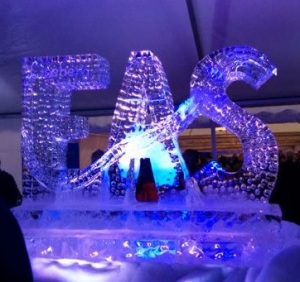There are days you never forget. One of them is 12 February 2024. On the boat from Nacka Strand towards central Stockholm, we got a text message from a family member, with a link to an article in the Gothenburg local newspaper, showing Liseberg’s new water park in flames, with explosions sending fire and smoke through the large water slides, and black smoke over the neighbouring areas. Days in shock, grief and disbelief followed: A world class waterpark, nearly ready for opening, instead became a dangerous rescue site.
How could the fire happen? How could it spread so rapidly? Were rules not followed – or were the rules insufficient (or both)? Questions, questions, questions.
I have now learned that, technically, these water slides were not yet “water slides” but part of a construction site, with different rules. We were told that these fires are “extremely rare” – and yet, a google search revealed about one water slide fire per year during the last few years.
I suddenly recalled visits to three Virtual Reality “Caves” during Supercomputing ’96, on the large exhibit floor – and two of them showed tires burning in a chimney (although only with virtual smoke and without temperature effects). One of the talks during the SC’96 conference, discussed analyses of collapsing buildings as an example of an application where high-performance computing would make a difference. I started wondering about simulation possiblitites, with today’s much faster computing. Nearly three decades later, LUMI notes that “fire safety plans, systems and measures must be designed for fast, effective action in real emergencies”.
I have now learned more about fire safety research, from LTH in Lund, to LNE in France and NIST in the US. I have watched movies, from the NIST advanced fire modeling playlist, where they compare real fires with simulations, using their open source Fire safety dynamics software, FSD.
Fire simulations are obviously very challenging, even for simple geometries and ventilated situations. For Oceana, also the relatively simple geometry of the black rectangular prism tower was complicated by slides coming out from the sides, probably underventilated.
That modern computers can manage complex geometries was demonstrated in a recent project on LUMI hosted by the CSC – IT Center for Science in Finland (Csc.fi) where “supercomputer resources were used to simulate fire safety and speed up the design process”. When will we see fire safety simulations for water slides?
